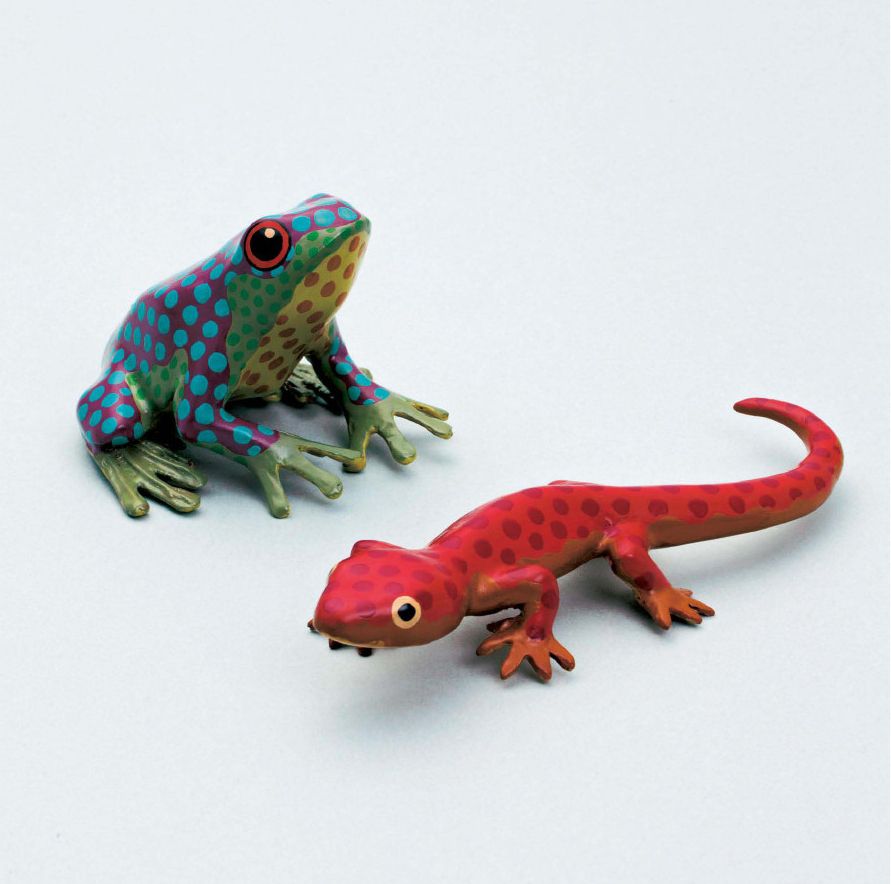In the past, this method was mainly used for making Buddhist statues. A representative example is the magnificent statue of Asura that dates back more than a 1000 years, and the rest of Hachibushu (the eight deities that protect the Buddha; Asura is one of them) at the Kofukuji temple.
First, build the “body” or base structure, using either wood, clay, styrofoam, or even some sheets of newspaper. Then, using washi (Japanese paper) or linen cloth, cover it with nori-urushi. Depending on the size of the body, you will have to change the thickness of the cover – if it is a small body, use washi or thin linen cloth. After the first coating, cover the body with ki-urushi and let it set. Sandpaper the surface to smooth any irregularities, and then make the next coating with sabi-urushi using a spatula. When the sabi-urushi is set, sand the piece once more, and then cover it with linen cloth again. It is important that you rotate the cloth to lay at a 45-degree angle to the previous layer of cloth. Repeat this process eight to fifteen times. When the cloth and the urushi are properly set, cut the cover in half and take out the body. Close the opening with nori-urushi and make another layer of cloth and urushi. Add to this coating a middle and top coating of urushi, and then finish with the desired decoration, such as maki-e, urushi-e, or raden.
Although this method is highly time-consuming, it has attractive advantages: you can create various shapes, and the end result is lightweight, yet sturdy.

3.FROG ORNAMENT
GECKO ORNAMENT
Photo by Koji Takanashi